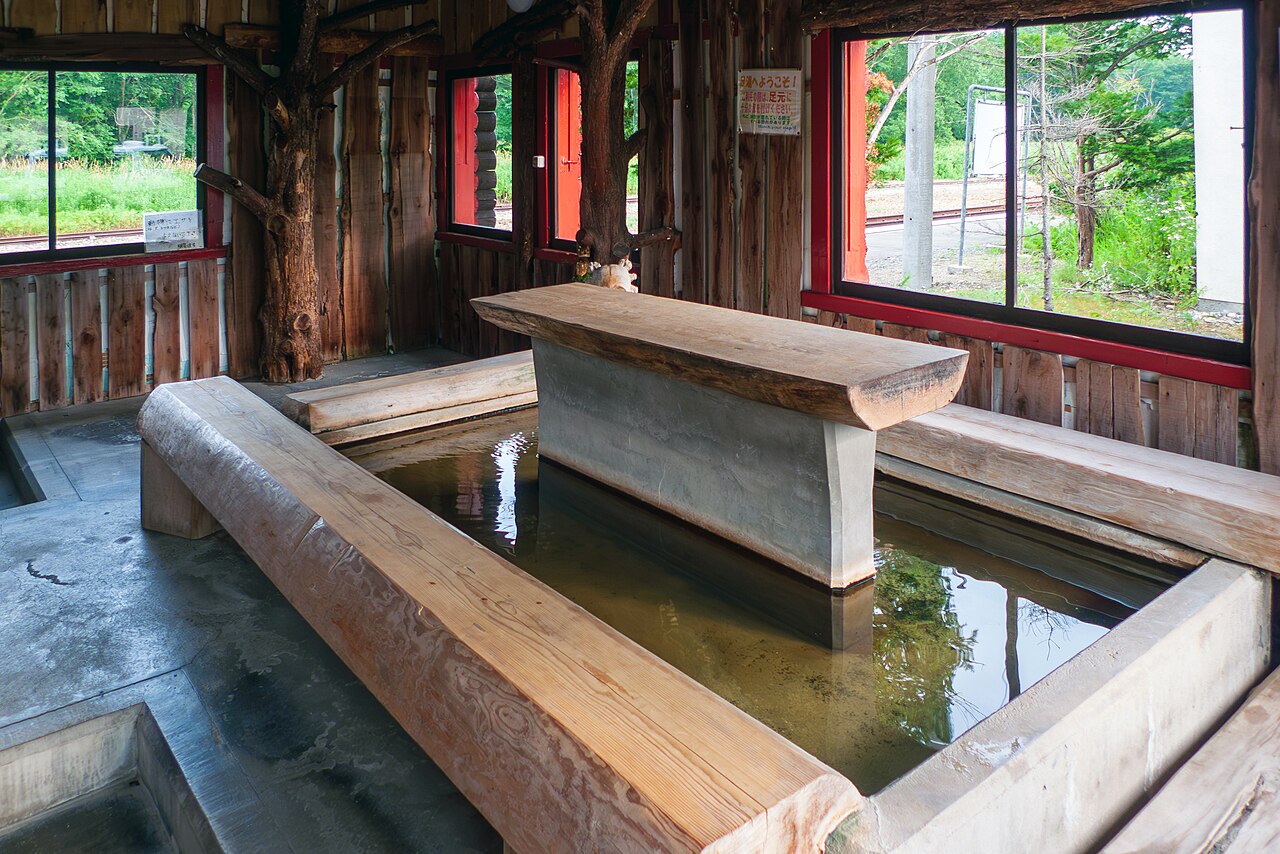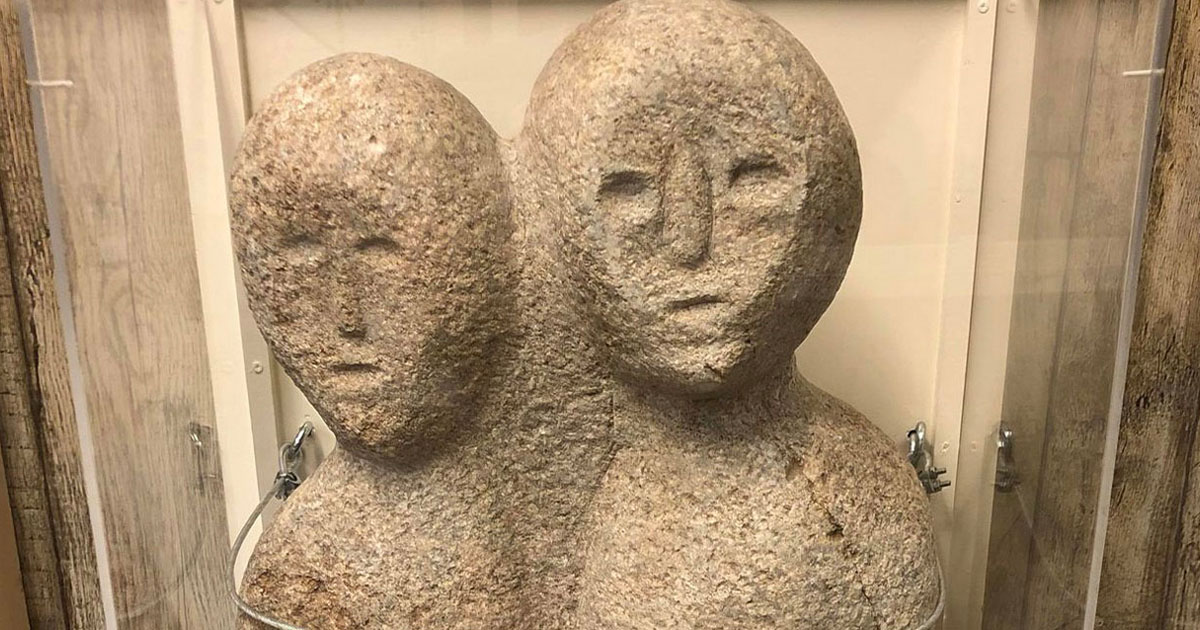Whimsical Marvels In Japan
The land of anime, sushi, and cherry blossoms is a wonderland indeed. But if it’s your first time in Japan, you might be caught off guard by unexpected things: we’re talking epic vending machines, high-tech toilets, beautifully crafted fake food, and KFC for Christmas. Read on to learn more!

Epic Vending Machines
Vending machines are a lot more exciting in the island nation. Not only do you get a large variety of soda, but some machines offer canned coffee, tobacco, and even ramen!
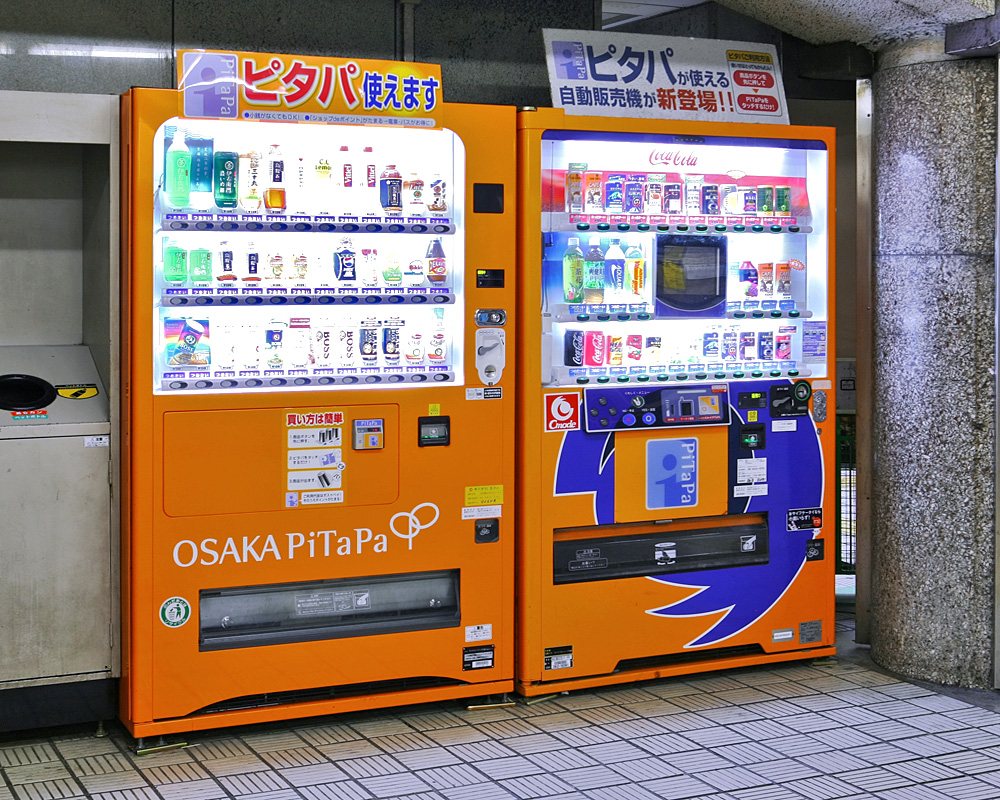 Tennen-Gas, CC BY-SA 3.0, Wikimedia Commons
Tennen-Gas, CC BY-SA 3.0, Wikimedia Commons
High-Quality Meals At 7-11
Japanese convenience stores like 7-11, called konbini, aren’t just places to grab a quick snack. You can eat a full meal here: they serve refrigerated pasta dishes, ramen, fried chicken, and more. And it’s absolutely delicious!
Went too hard on vending machines and 7-11? Japanese bathrooms have you covered…
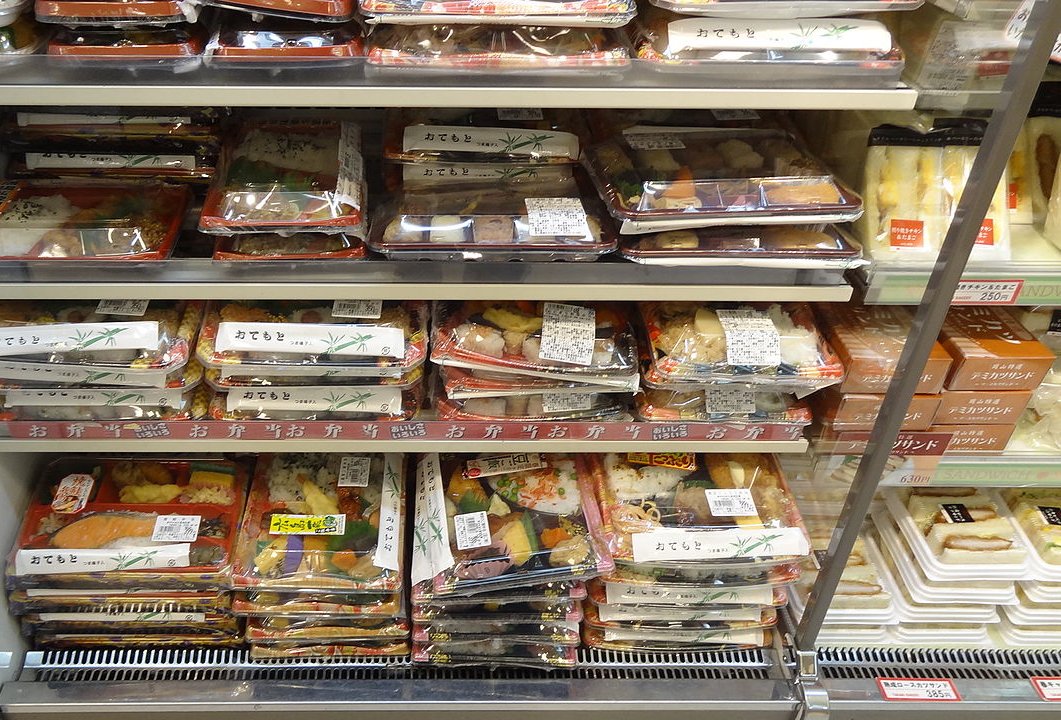 Martin Lewison, CC BY-SA 2.0, Wikimedia Commons
Martin Lewison, CC BY-SA 2.0, Wikimedia Commons
“Smart” Toilets
Doing your business in Japan is surprisingly pleasant thanks to the ubiquity of “smart” toilets. These are found everywhere, from hotel rooms and private residences to restaurants, malls, and subway stations. Japanese ivory thrones come with a suite of features such as bidet settings, a heated toilet seat, and even sounds to mask any noises!
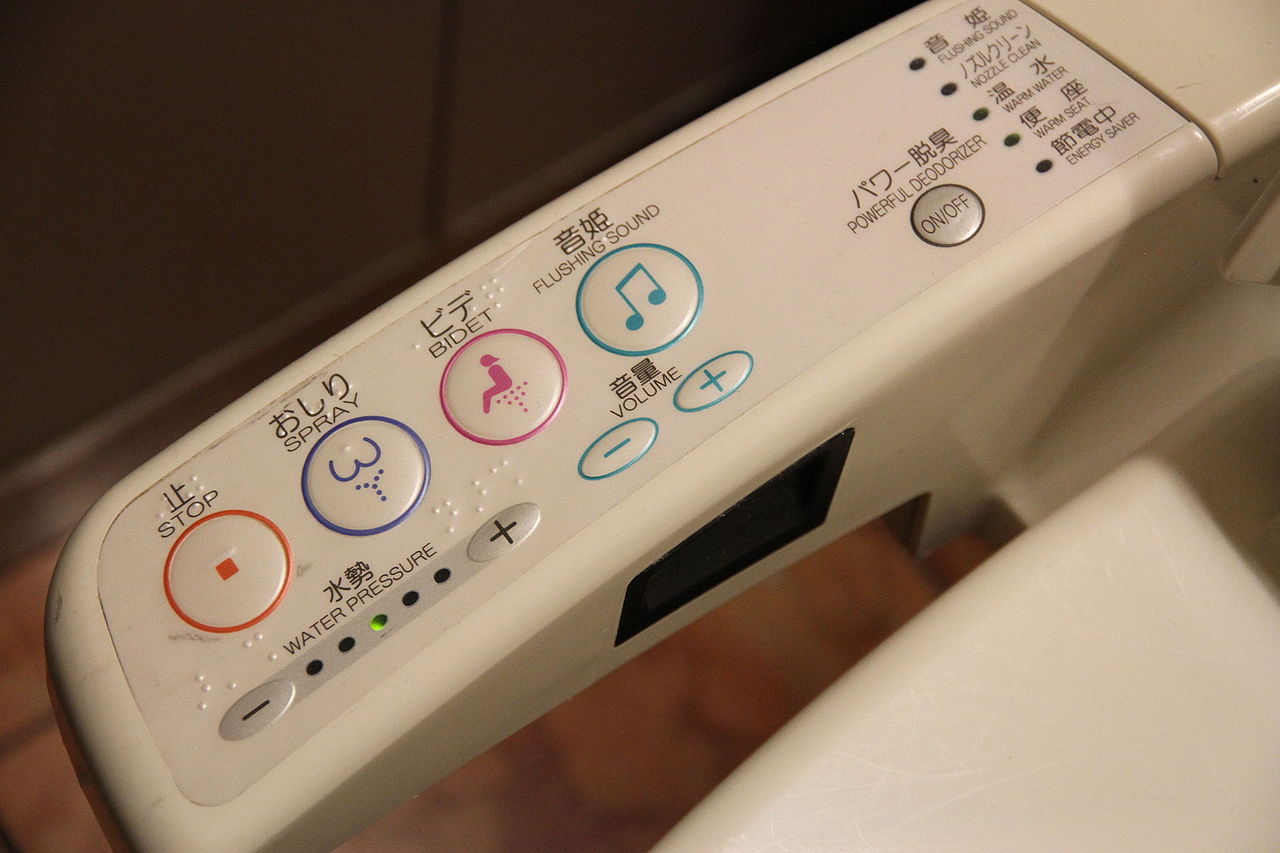 Maya-Anaïs Yataghène, CC BY 2.0, Wikimedia Commons
Maya-Anaïs Yataghène, CC BY 2.0, Wikimedia Commons
No California Rolls
California rolls are a given at American sushi restaurants, but you won’t easily find these in Japan. That’s because the Cali roll’s invention is claimed by Hidekazu Tojo, a chef in Vancouver, Canada who originally called it the Inside-Out Roll.
 Tim Reckmann, CC BY 2.0, Wikimedia Commons
Tim Reckmann, CC BY 2.0, Wikimedia Commons
KFC: Official Christmas Food
The Japanese have an interesting national tradition during Christmas: they feast on Kentucky Fried Chicken. This traces back to a marketing campaign in the 70s when American fast-food restaurants started appearing all over the country.
 Danny Choo, CC BY-SA 2.0, Wikimedia Commons
Danny Choo, CC BY-SA 2.0, Wikimedia Commons
Poisonous Fish Delicacy
The fugu fish, or puffer fish, is a Japanese delicacy. Yet interestingly, these fish are poisonous! The dish is highly regulated in Japan, however, and many tourists have tried it with no issues.
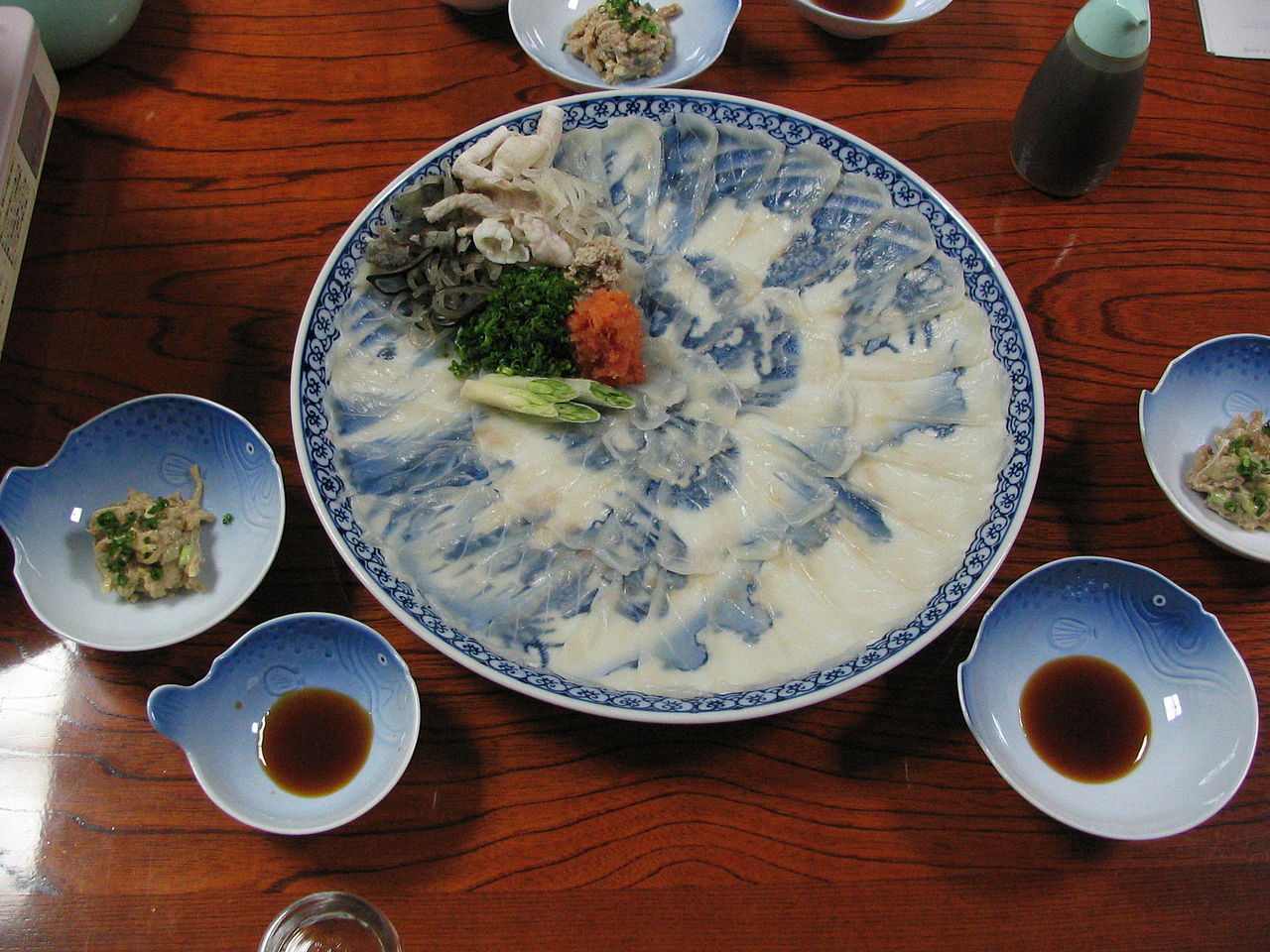 Peter Kaminski, CC BY 2.0, Wikimedia Commons
Peter Kaminski, CC BY 2.0, Wikimedia Commons
Very Pretty Display Food
Walk along the streets of Japan and you’re sure to find restaurants with realistic plastic food displayed in windows along with prices. You’d be forgiven for thinking they were the real deal! And if you get enticed enough to enter the restaurant, a few things can surprise you too…
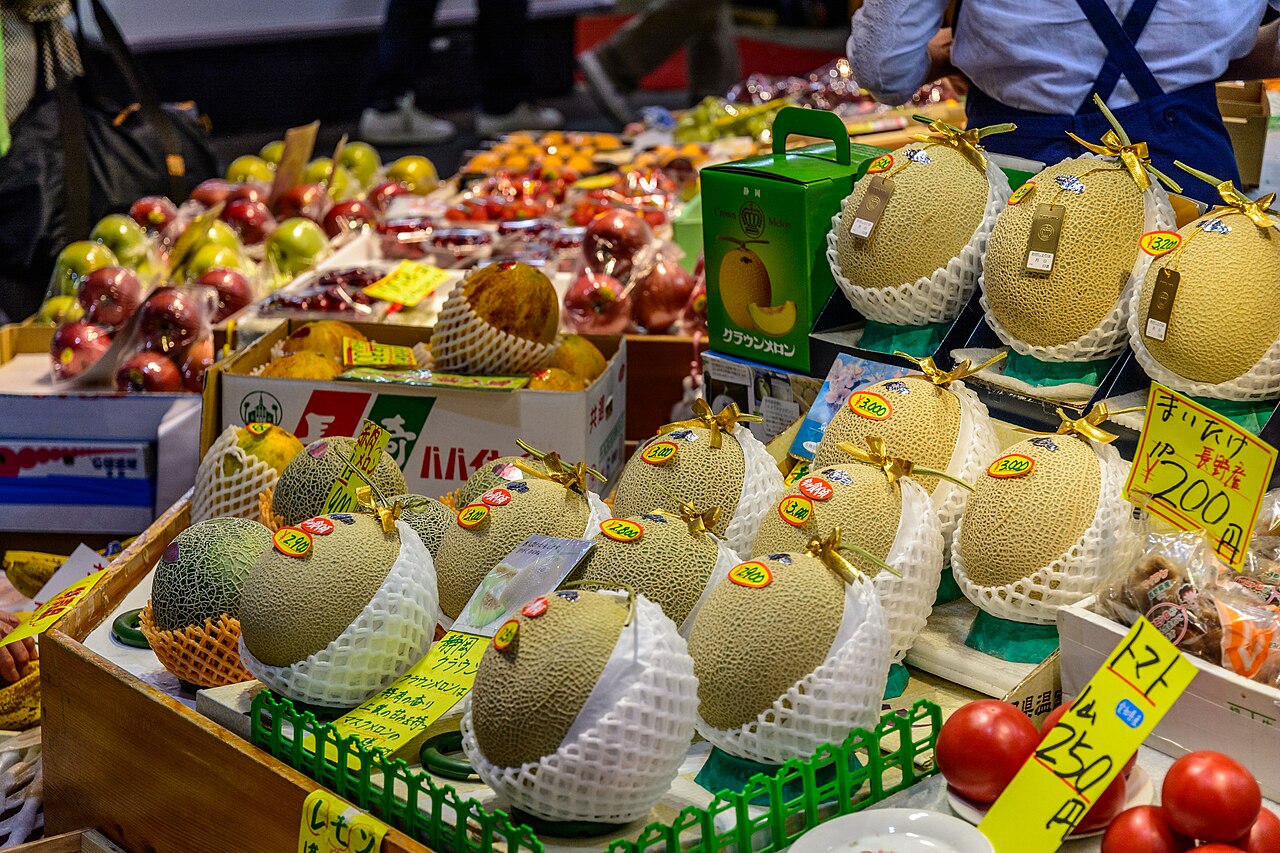 dconvertini, CC BY-SA 2.0, Wikimedia Commons
dconvertini, CC BY-SA 2.0, Wikimedia Commons
Complimentary Appetizers
Dishes called “otoshi” are appetizers that sometimes come with your meal at no additional cost! Otoshi dishes include edamame, potato salad, and spicy octopus. They’re often pre-made and will come very quickly.
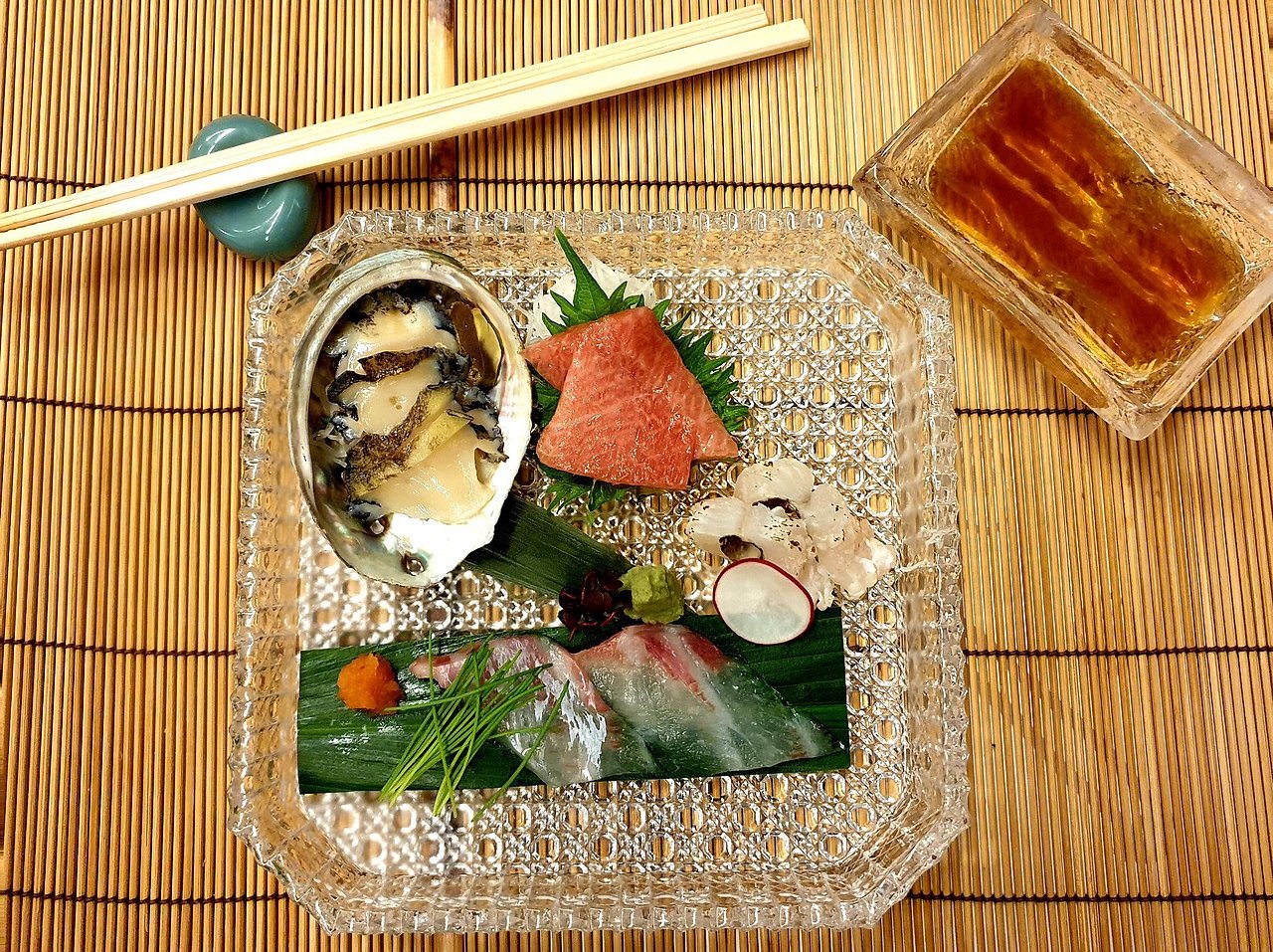 Emma Brick, CC BY-SA 4.0, Wikimedia Commons
Emma Brick, CC BY-SA 4.0, Wikimedia Commons
Moist Towelettes At Meals
In many restaurants, you will be provided with a moist towelette before your meal. This is called an “oshibori" and lets you clean up before eating. This is a very Japanese routine, and there are some you should be aware of after a meal too…
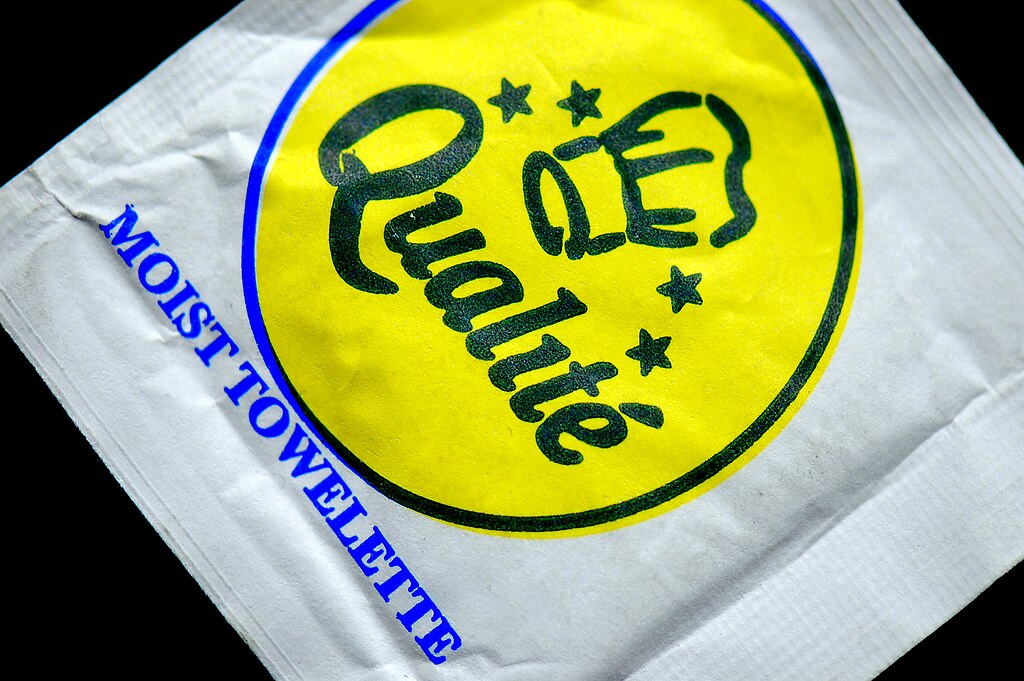 Steve Snodgrass, CC BY 2.0, Wikimedia Commons
Steve Snodgrass, CC BY 2.0, Wikimedia Commons
Don’t Tip
Unlike many Western countries, tipping your server is not expected after a meal. It may even be considered rude! However, tipping tour guides is generally okay because workers in these industries are more aware of Western customs.
Smoking In Restaurants
Smoking in public is usually only accepted in designated areas. However, you may still find restaurants and bars that allow smoking because they were open before the April 2020 smoking ban.
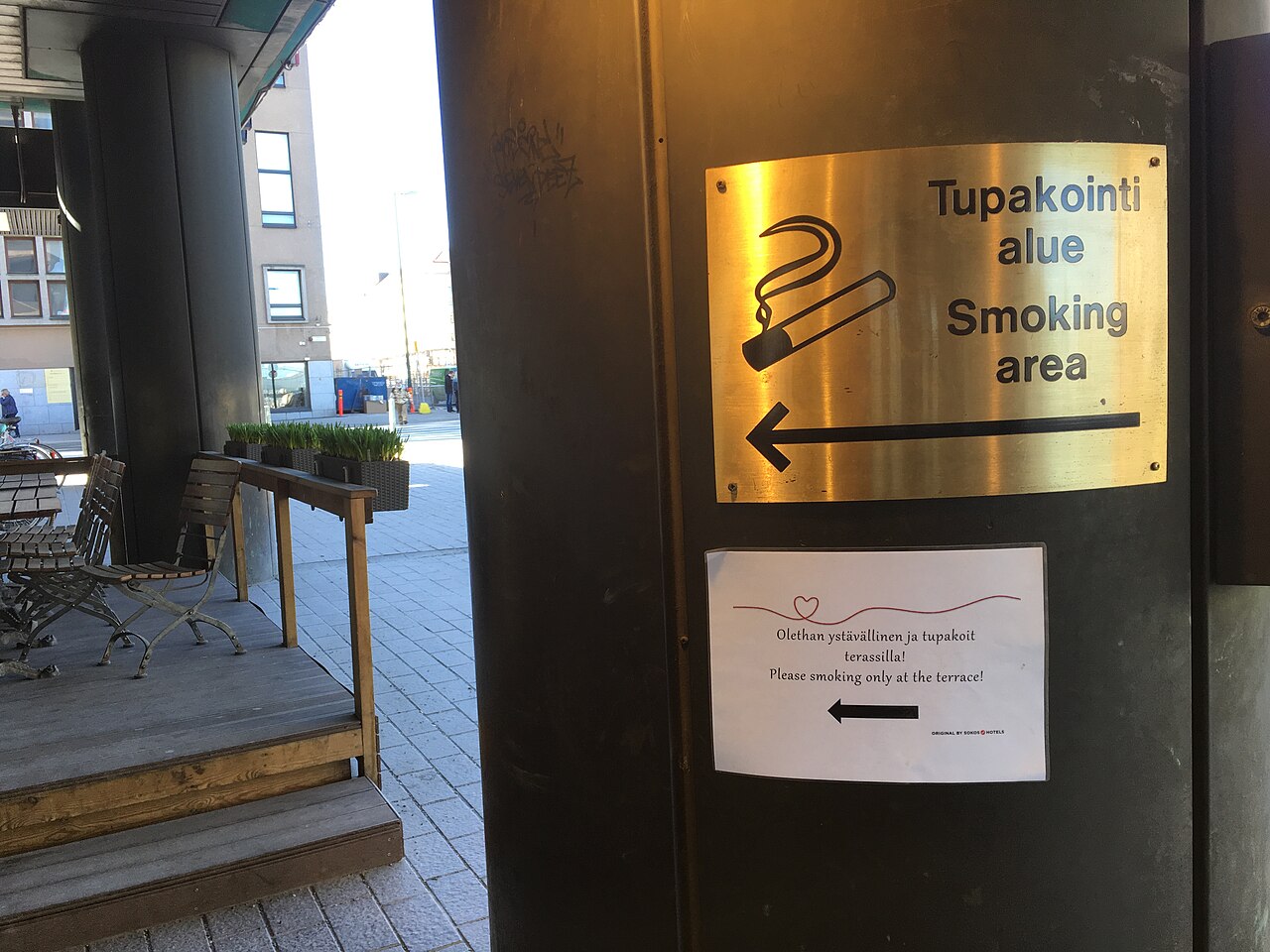 Eric Fischer, CC BY 2.0, Wikimedia Commons
Eric Fischer, CC BY 2.0, Wikimedia Commons
Luxury Fruit
Fruit in Japan tends to be expensive, but even more expensive are designer fruits. For example, square-shaped watermelons can cost 15,000 yen ($97 USD). Meanwhile, Ruby Roman grapes can sell for 40,000 yen ($259 USD) a bunch, and the obsidian Densuke Watermelon can cost a whopping 650,000 yen ($4,206 USD).
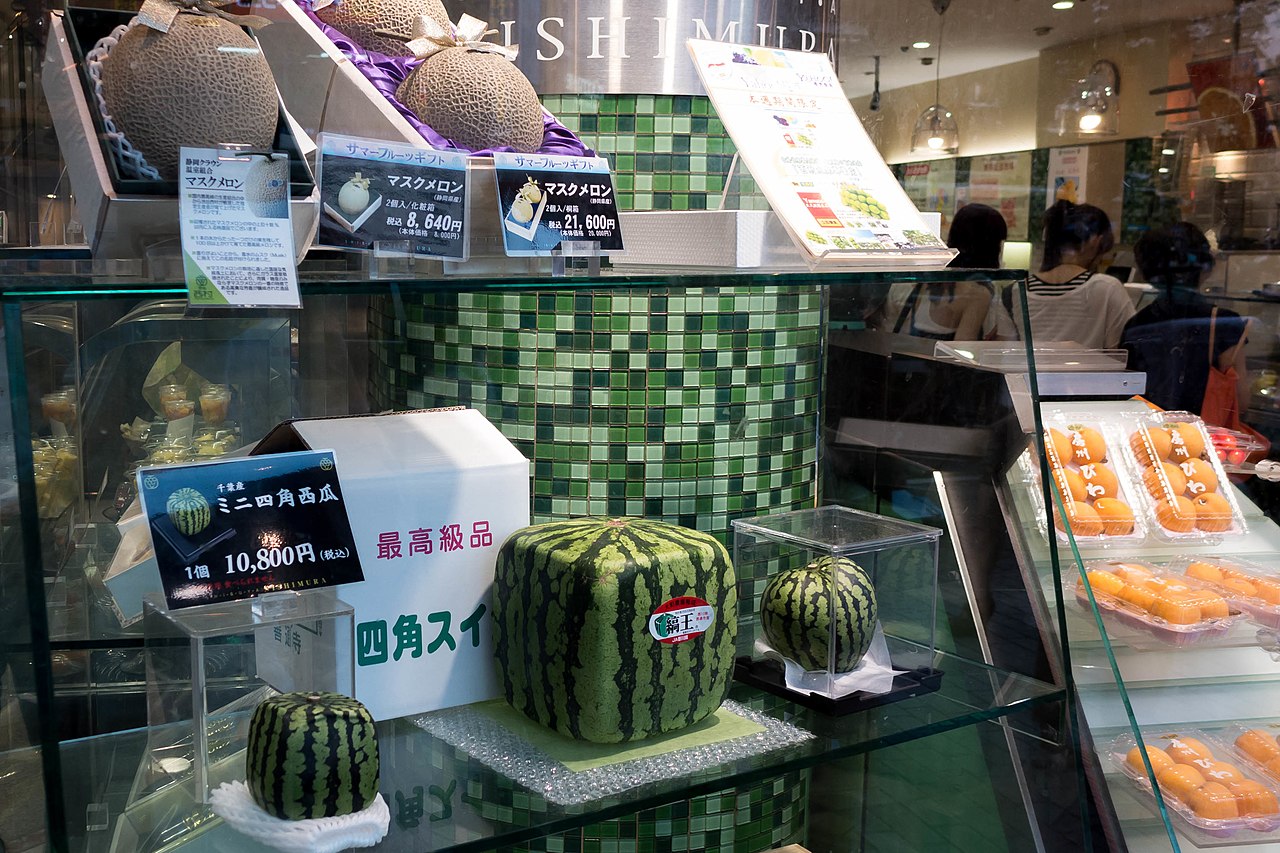 Joe deSousa, CC0, Wikimedia Commons
Joe deSousa, CC0, Wikimedia Commons
Fancy Kit Kats
Kit Kats are popular candies worldwide, but Japan takes them to the next step with unique limited-edition flavors. You may be lucky enough to sample flavors like yuzu matcha, “Tokyo Banana,” strawberry cheesecake, pudding, rum raisin, wasabi, and more.
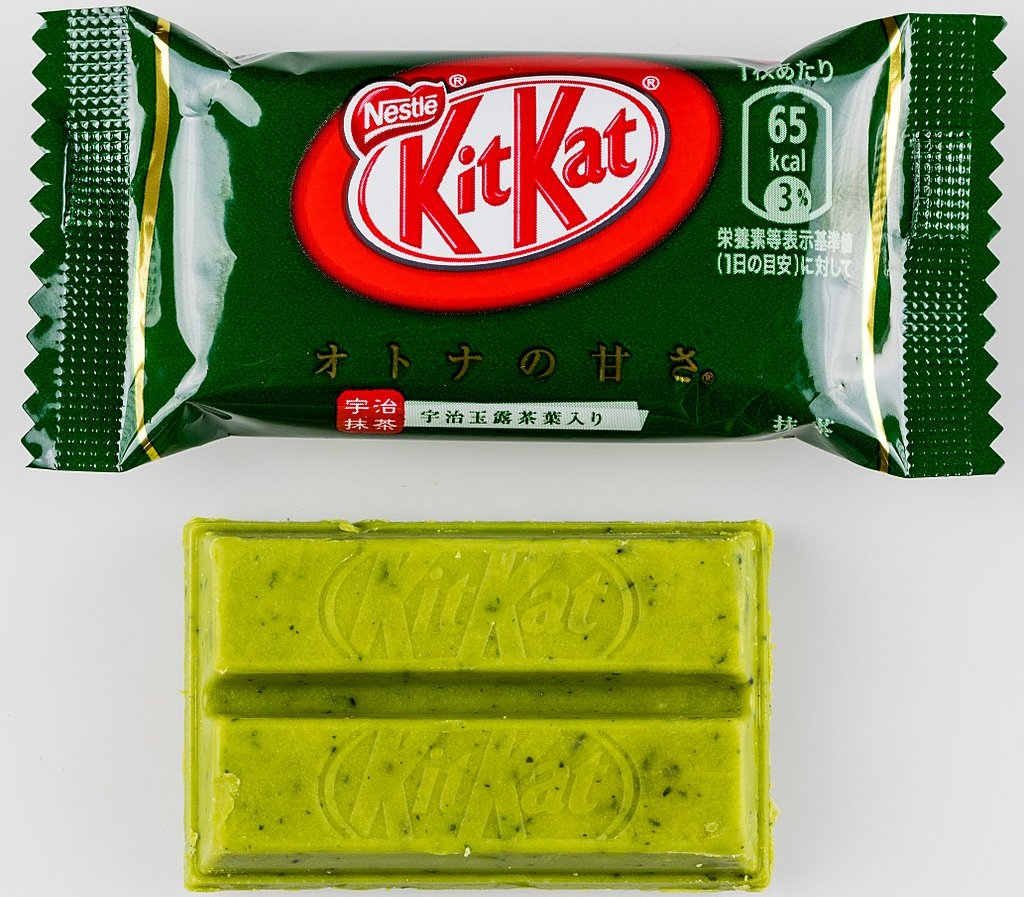 Raimond Spekking, CC BY-SA 4.0, Wikimedia Commons
Raimond Spekking, CC BY-SA 4.0, Wikimedia Commons
All-You-Can-Drink
It’s called “nomihōdai” and it sounds like a dream come true! There’s often a time limit though, so make sure you pace yourself (and stay safe).
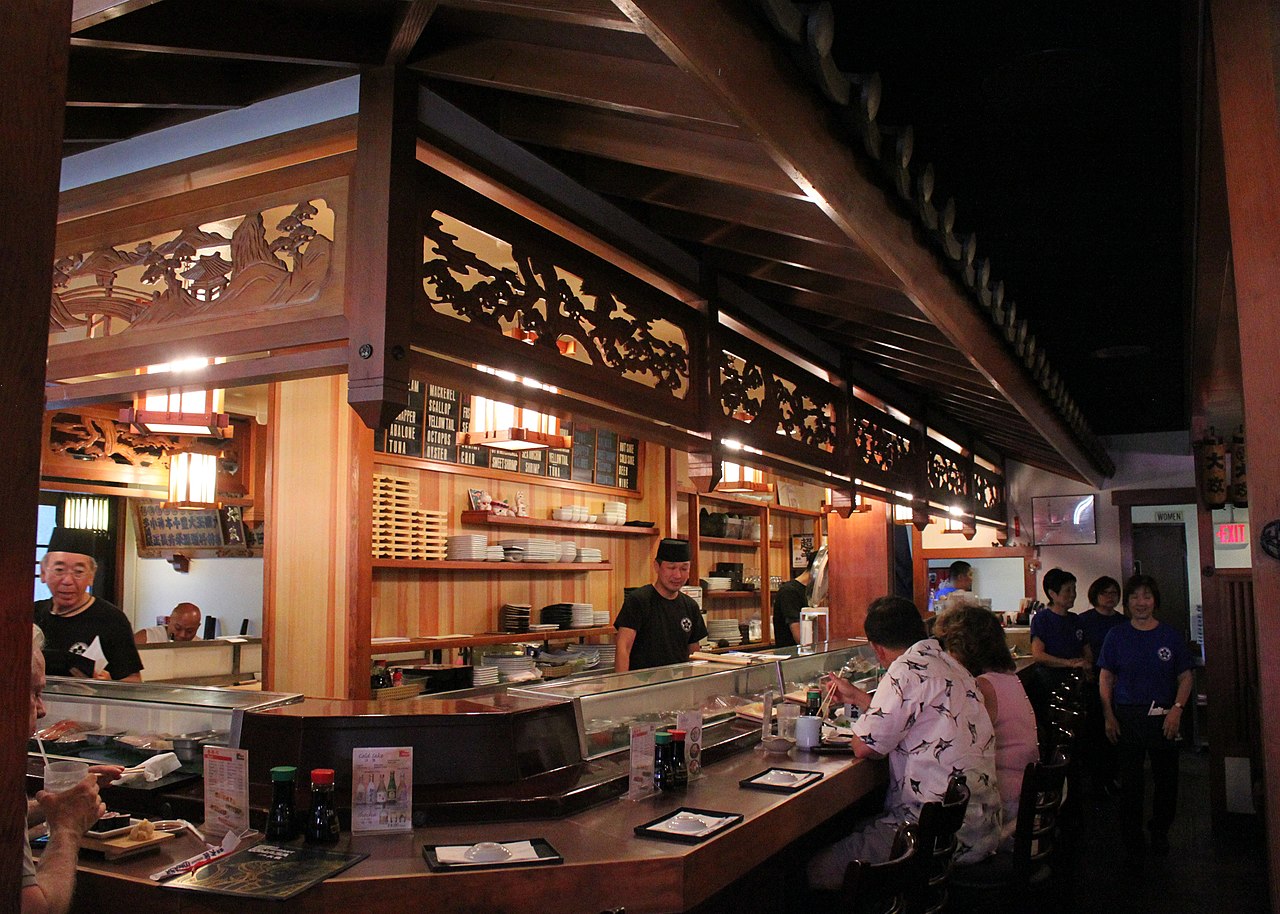 Prayitno, CC BY 2.0, Wikimedia Commons
Prayitno, CC BY 2.0, Wikimedia Commons
Impeccable Cleanliness
Western visitors are often impressed by the tidiness of Japan’s streets. Cleanliness is just part of the culture: Buddhism and Shintoism—two major religions practiced in Japan—emphasize cleanliness. And cleaning their classrooms is a regular part of school for kids. Yet strangely, you’ll be hard-pressed to find a trash can walking down the street…
 Basile Morin, CC BY-SA 4.0, Wikimedia Commons
Basile Morin, CC BY-SA 4.0, Wikimedia Commons
No Trash Cans
For a country so clean, Japan is lacking in receptacles. That’s because after the 1995 sarin gas attack in the Tokyo subway, authorities wanted to minimize hiding places for weapons. If you need to throw stuff away, look for trash cans near convenience stores and at subway stations—they’re transparent, of course.
 Alexander Klink, CC BY 4.0, Wikimedia Commons
Alexander Klink, CC BY 4.0, Wikimedia Commons
No Walking While Eating
This is called “tabearuki” and it’s generally frowned upon in Japan. That’s because people believe that to truly appreciate what you are eating, you should sit or stand in one place. Tabearuki is also associated with litter.
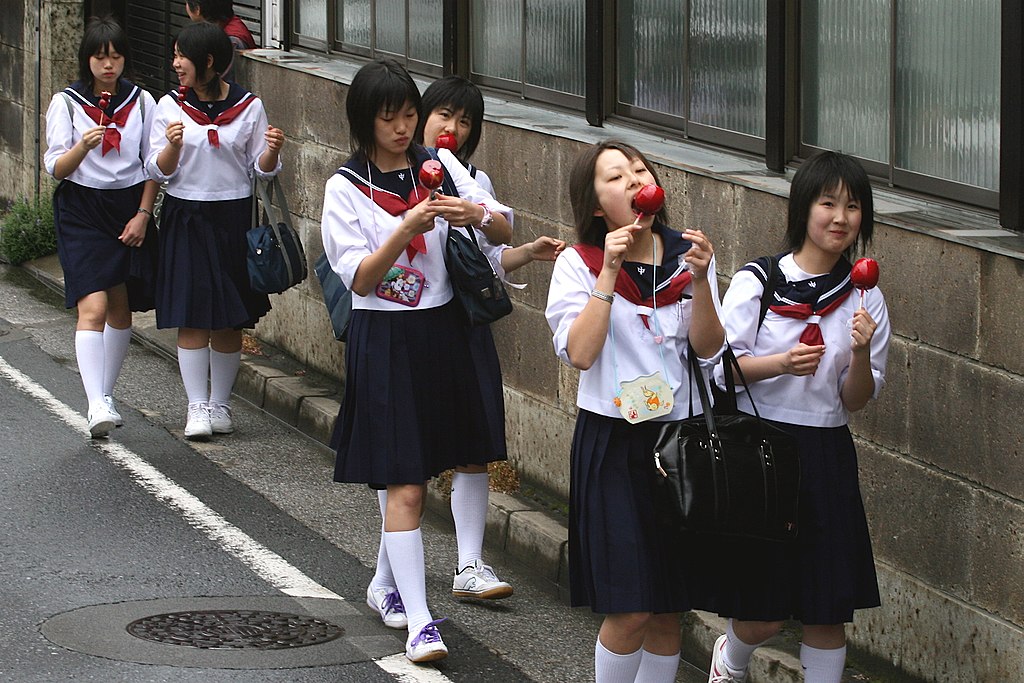 Jim Epler, CC BY 2.0, Wikimedia Commons
Jim Epler, CC BY 2.0, Wikimedia Commons
The Awesomeness (And Complexity) Of Japanese Trains
Japan is famous for its efficient, convenient, and reliable train system. It’s not the easiest thing to navigate, however, as there are multiple train companies and subway systems that overlap. If you plan to ride the train, see if you can score a ride in one of Japan’s delightfully themed trains…
 Opacitatic, CC BY 4.0, Wikimedia Commons
Opacitatic, CC BY 4.0, Wikimedia Commons
Dressed Up Trains
From the all-pink Hello Kitty Shinkansen to the roaring Dino Liner, themed trains are a delightful experience if you’re lucky enough to score a seat in one.
 Testshawn, CC BY-SA 4.0, Wikimedia Commons
Testshawn, CC BY-SA 4.0, Wikimedia Commons
Speedy Train Cleaning
A fact made famous by this Tokyo Metropolitan Government video, Shinkansen bullet trains in Japan are cleaned by a diligent team of workers in just seven minutes!
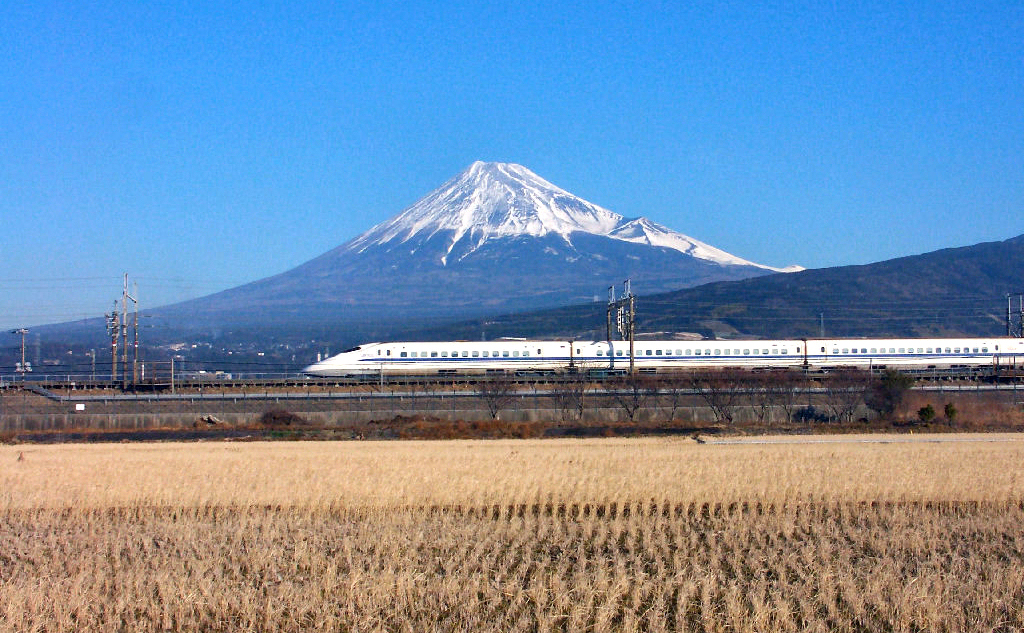 ion66, CC BY 3.0, Wikimedia Commons
ion66, CC BY 3.0, Wikimedia Commons
Masks Everywhere
Even before COVID-19, wearing a mask in public was a common thing in Japan and many East Asian countries. People in Japan wear masks as a consideration to others if they’re coming down with something, to help protect themselves, or to cover up during those days when you just don’t feel like putting on make-up!
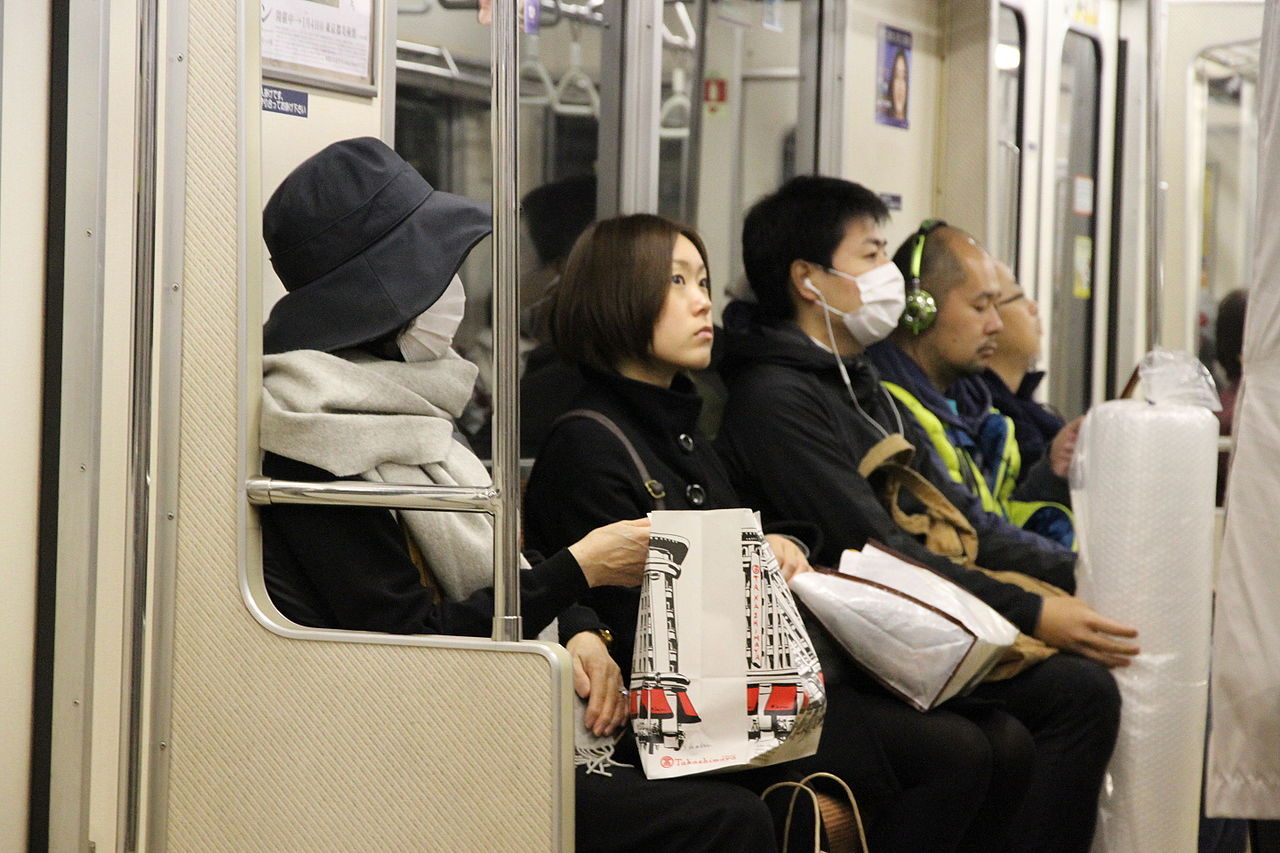 Maya-Anaïs Yataghène, CC BY 2.0, Wikimedia Commons
Maya-Anaïs Yataghène, CC BY 2.0, Wikimedia Commons
Cute Mascots
“Kawaii” (cute) stuff is ubiquitous in Japan. Mascots called yuru-kyara are often used by towns and tourist attractions to promote features of that place. Famous yuru-kyara include Domo-kun (mascot for the Japan Broadcasting Corporation) and Kumamon of Kumamoto Prefecture.
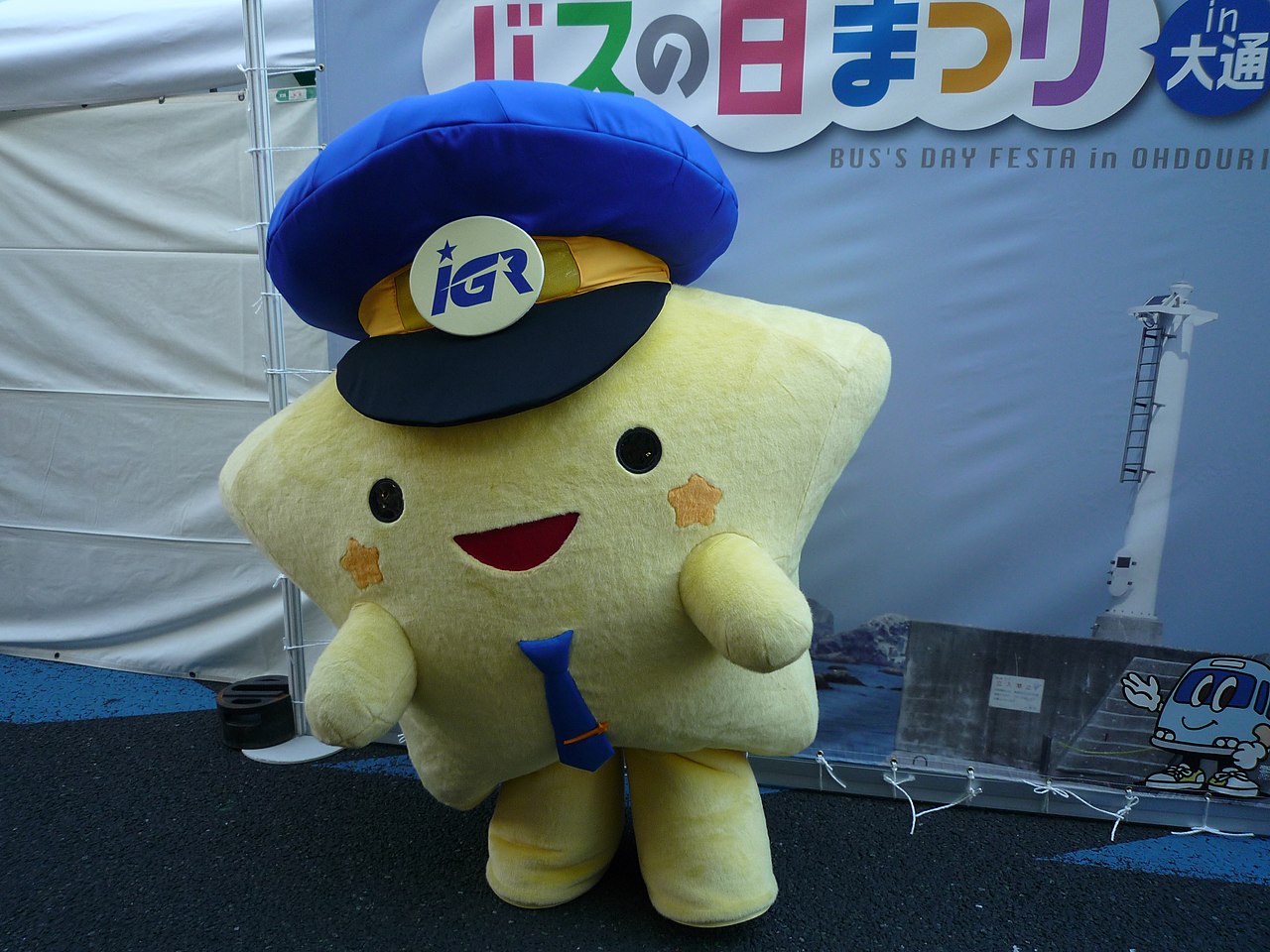 Iwate First Association, CC BY-SA 4.0, Wikimedia Commons
Iwate First Association, CC BY-SA 4.0, Wikimedia Commons
Photo Booths That Make You Look Cute
Purikura are Japanese photo booths popular with young people in Japan. These booths often come with fancy features that edit your skin tone, the size of your eyes, and more. They’re a great way to preserve memories with friends, especially since photography in Japan can be restricted…
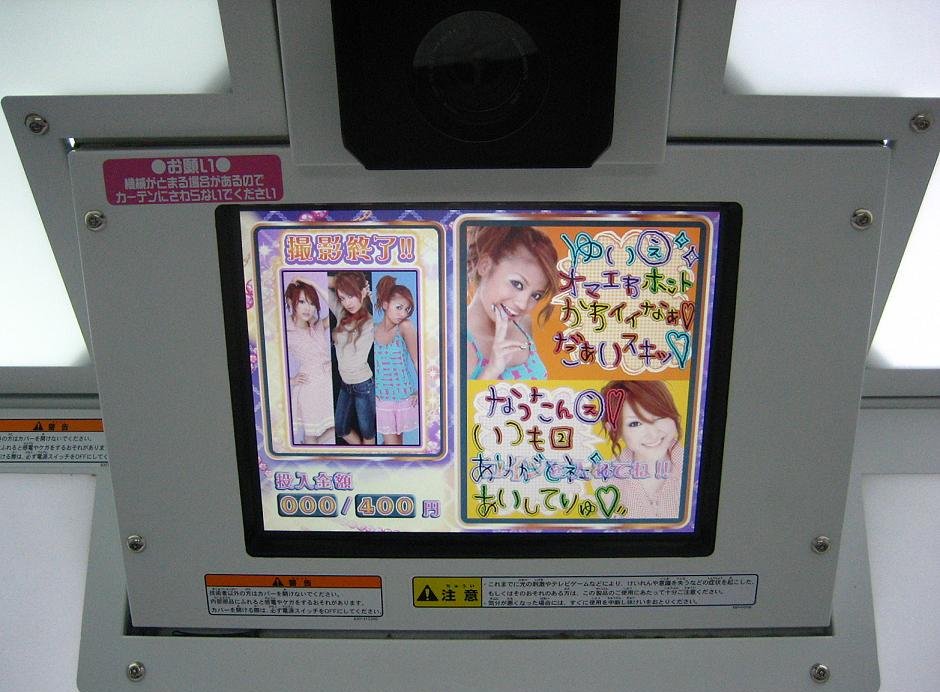 Brian Adler, Wikimedia Commons
Brian Adler, Wikimedia Commons
No Photography Zones
Pay attention to “no photography” signs in Japan during your travels. Some tourist hotspots prohibit photography to control the number of people there, and in general, many shrines, temples, museums, and music venues don’t allow photography. When in doubt, ask.
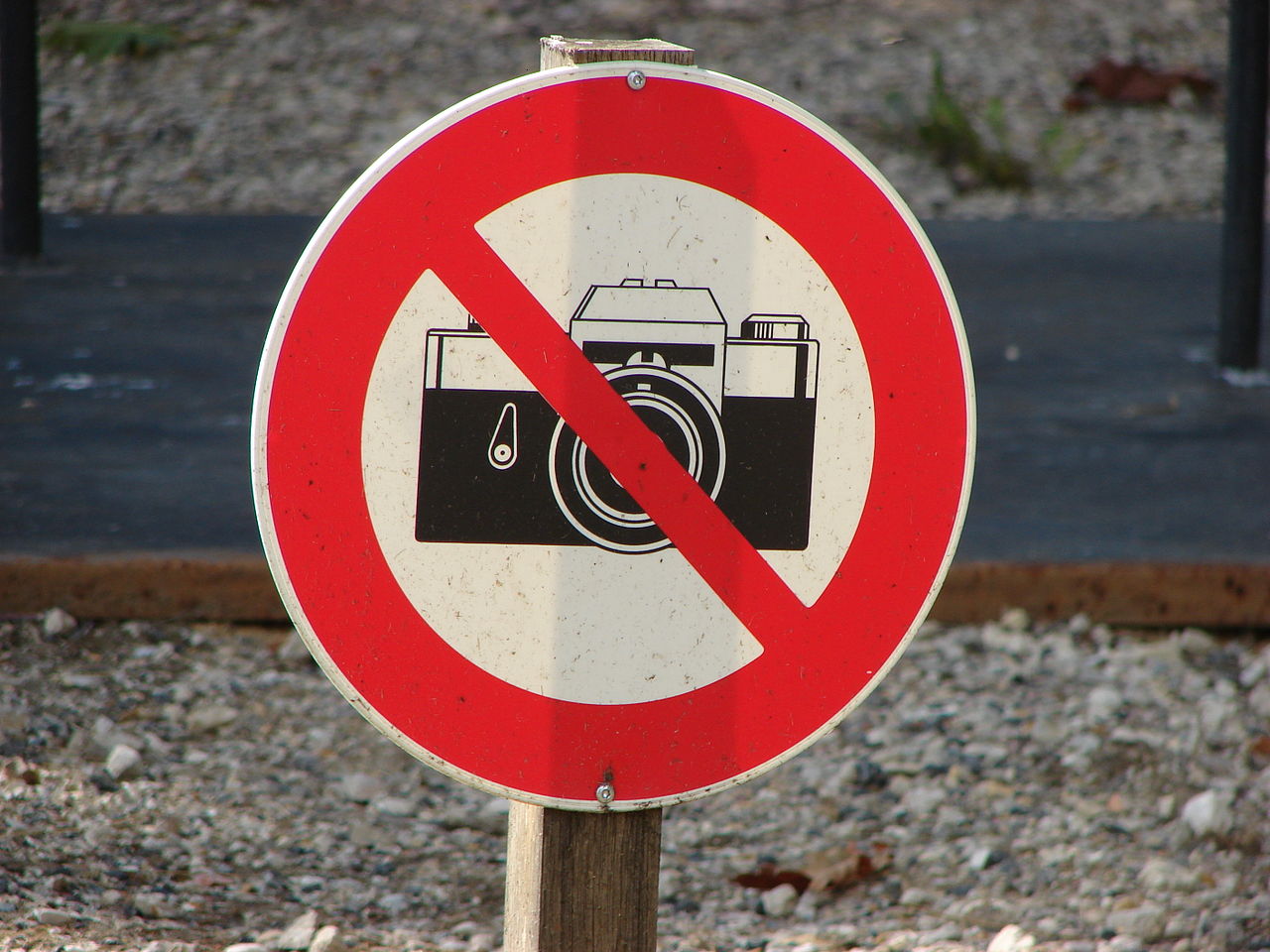 Copyleft, CC0, Wikimedia Commons
Copyleft, CC0, Wikimedia Commons
Go-Karts In Tokyo
Stroll the streets of Tokyo and you may spot people go-karting through its busy lanes—sometimes dressed as Mario Kart characters! Tourists can go on exhilarating go-karting tours around the city, living out their video game dreams.
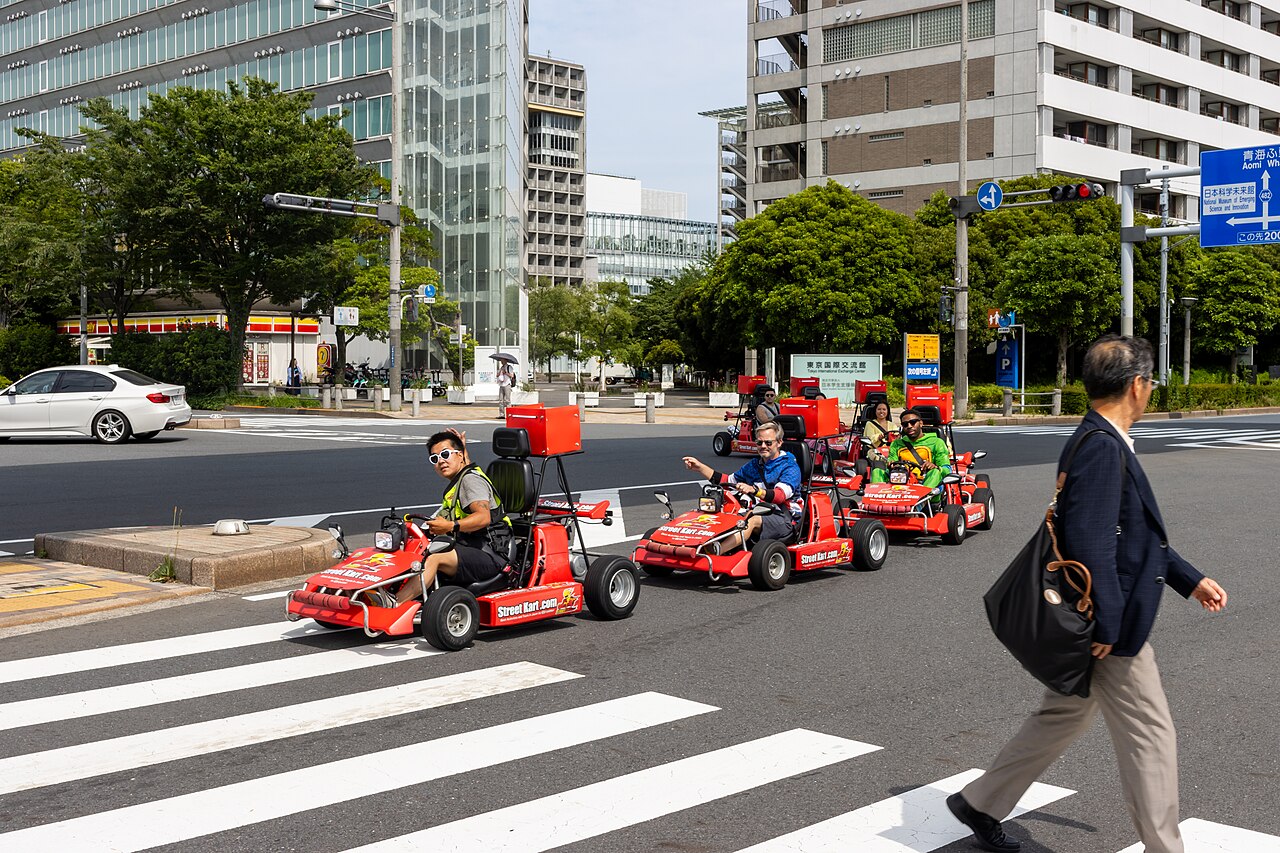 Mike Peel, CC BY-SA 4.0, Wikimedia Commons
Mike Peel, CC BY-SA 4.0, Wikimedia Commons
Blue Traffic Lights
Interestingly, the reason for this is linguistics. The Japanese word for green (“midori”) is relatively new, and many people still use the word for blue (“ao”) to describe green things. Because traffic documents use the word ao, the government decided to compromise by giving green lights a bluish tinge.
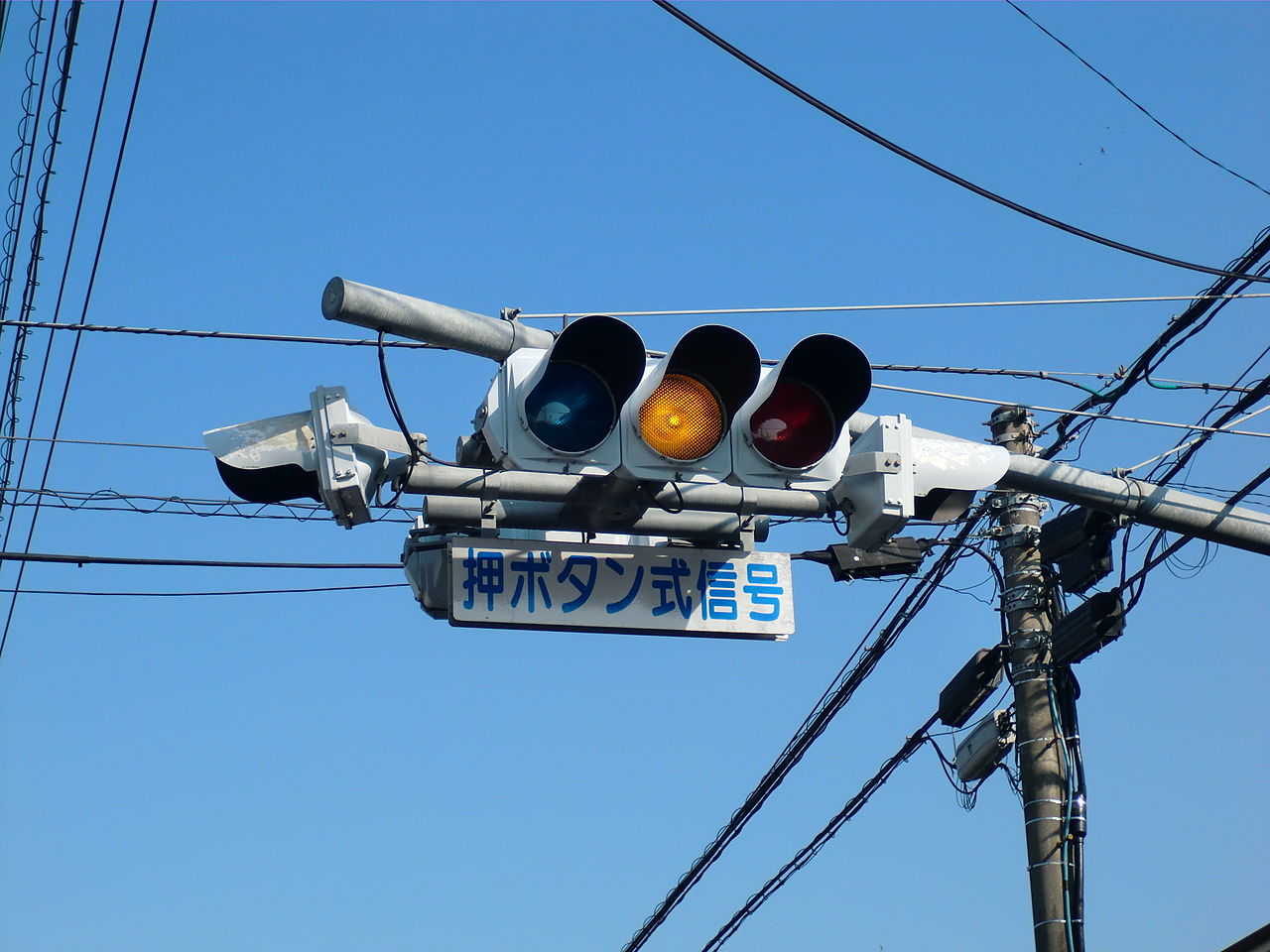 hyolee2, CC BY-SA 3.0, Wikimedia Commons
hyolee2, CC BY-SA 3.0, Wikimedia Commons
Taxi Doors That Open Automatically
Don’t freak out if your taxi door flies open by itself at the end of your trip! Many taxis in Japan have doors that open automatically. It’s a nice gesture, efficient, and convenient.
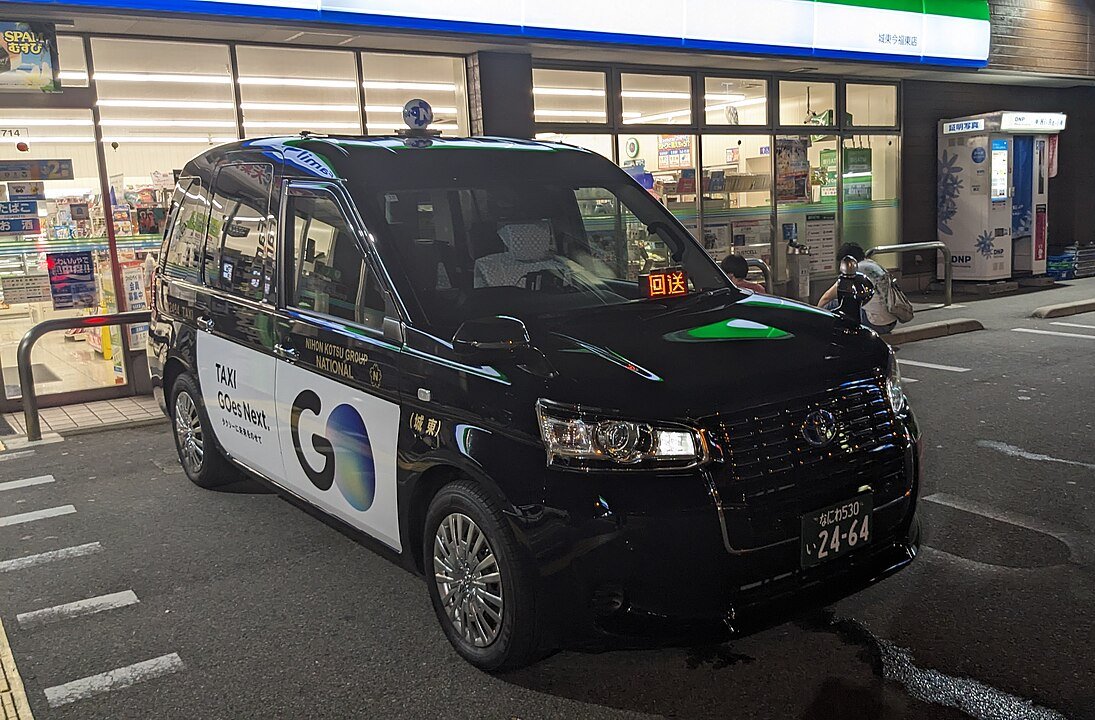 Mr.Chura-san, CC BY-SA 4.0, Wikimedia Commons
Mr.Chura-san, CC BY-SA 4.0, Wikimedia Commons
Confusing Mailing Addresses And Nameplates
If you’ve ever tried to mail a letter in Japan, you’ll be forgiven for finding addresses confusing. Sometimes, different houses have the same address due to the system of organizing blocks by “chome”. So to make things easier, many households use surname nameplates to help their mail delivery person.
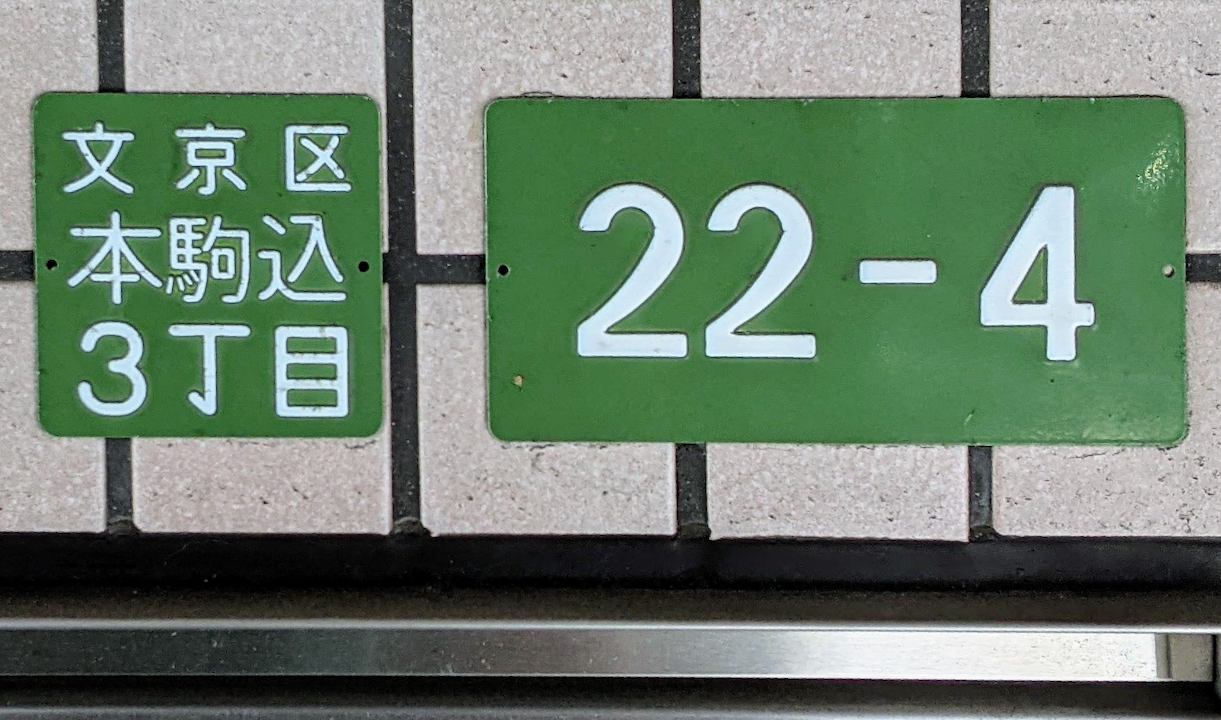 TAKAHASHI Shuuji, CC BY-SA 3.0, Wikimedia Commons
TAKAHASHI Shuuji, CC BY-SA 3.0, Wikimedia Commons
Creative Street Fashion In Harajuku
If you want to enjoy a fashion show for free, look no further than the Harajuku neighborhood in Tokyo. Stylish fashion enthusiasts frequent the streets, from monochromatic goth punks to wildly colorful hairstyles and bold, over-the-top prints.
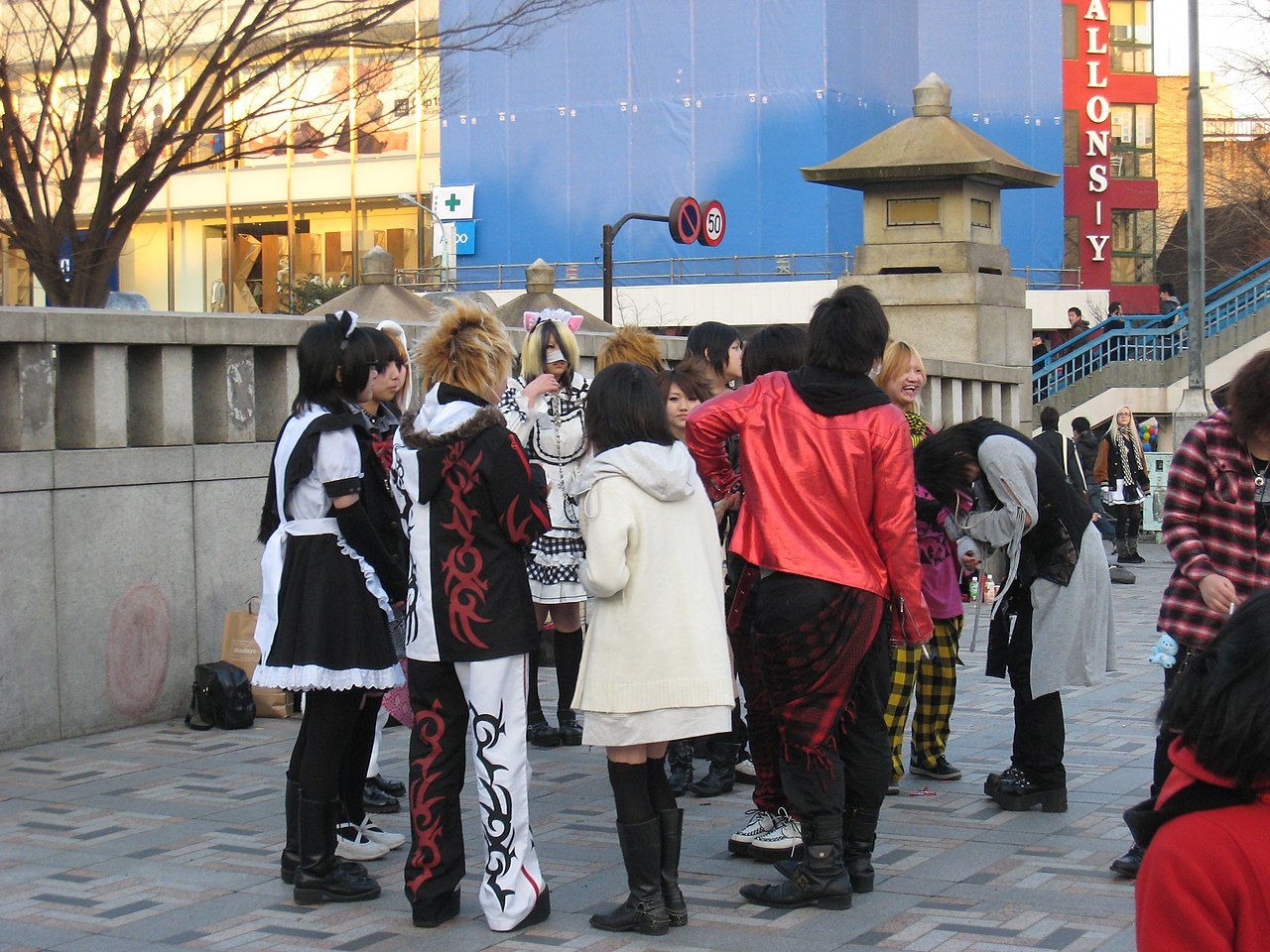 AKX_, CC BY 2.0, Wikimedia Commons
AKX_, CC BY 2.0, Wikimedia Commons
All Things Anime In Akihabara
Akihabara is one of Tokyo’s most famous districts. Home to “otaku” (fan) culture, you can find entire buildings with floors of manga and anime goods. Prepare to get lost and overwhelmed by the “Electric Town”.
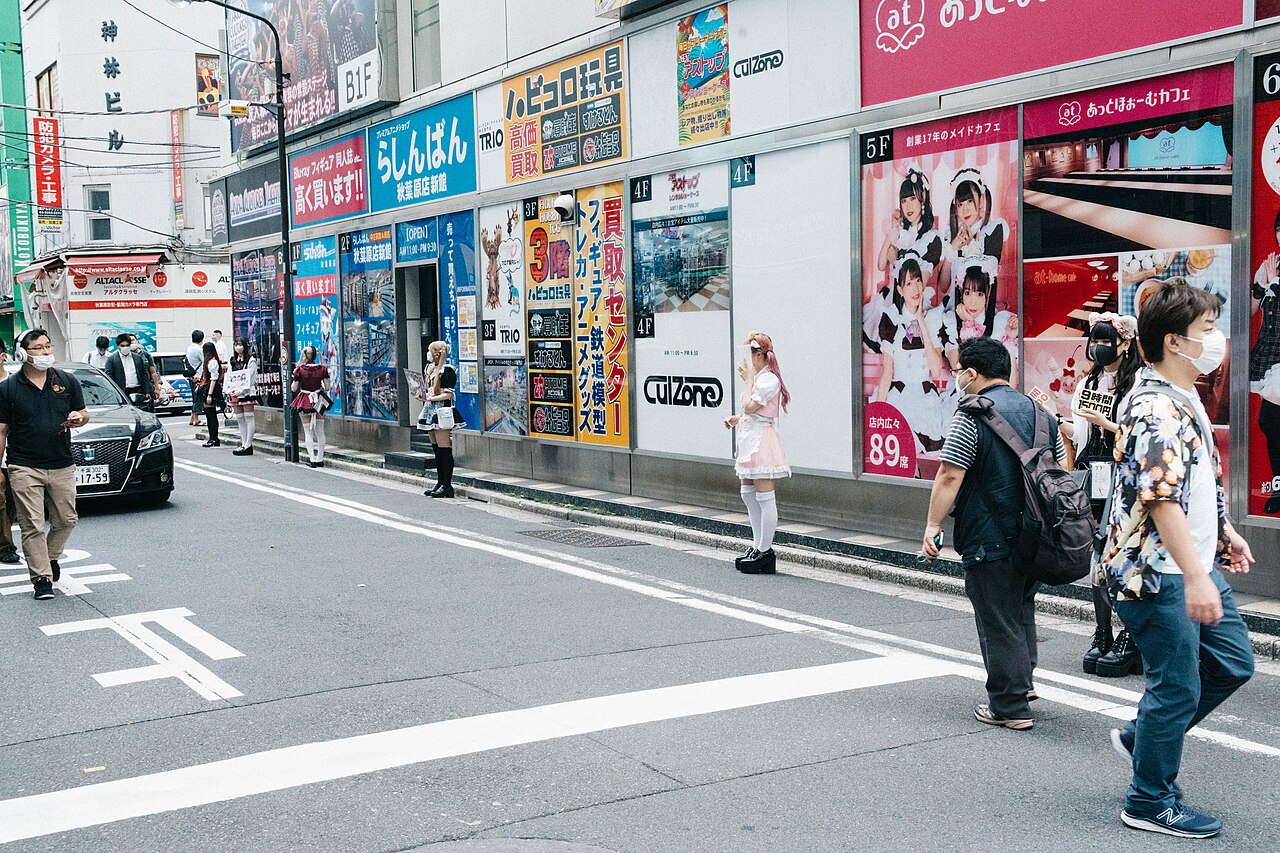 Dick Thomas Johnson, CC BY 2.0, Wikimedia Commons
Dick Thomas Johnson, CC BY 2.0, Wikimedia Commons
Maid Cafés
The eccentricity of maid cafés have earned a reputation worldwide. In these restaurants, patrons are referred to as “master” or “princess” and entertained by cutely dressed hosts in maid costumes.
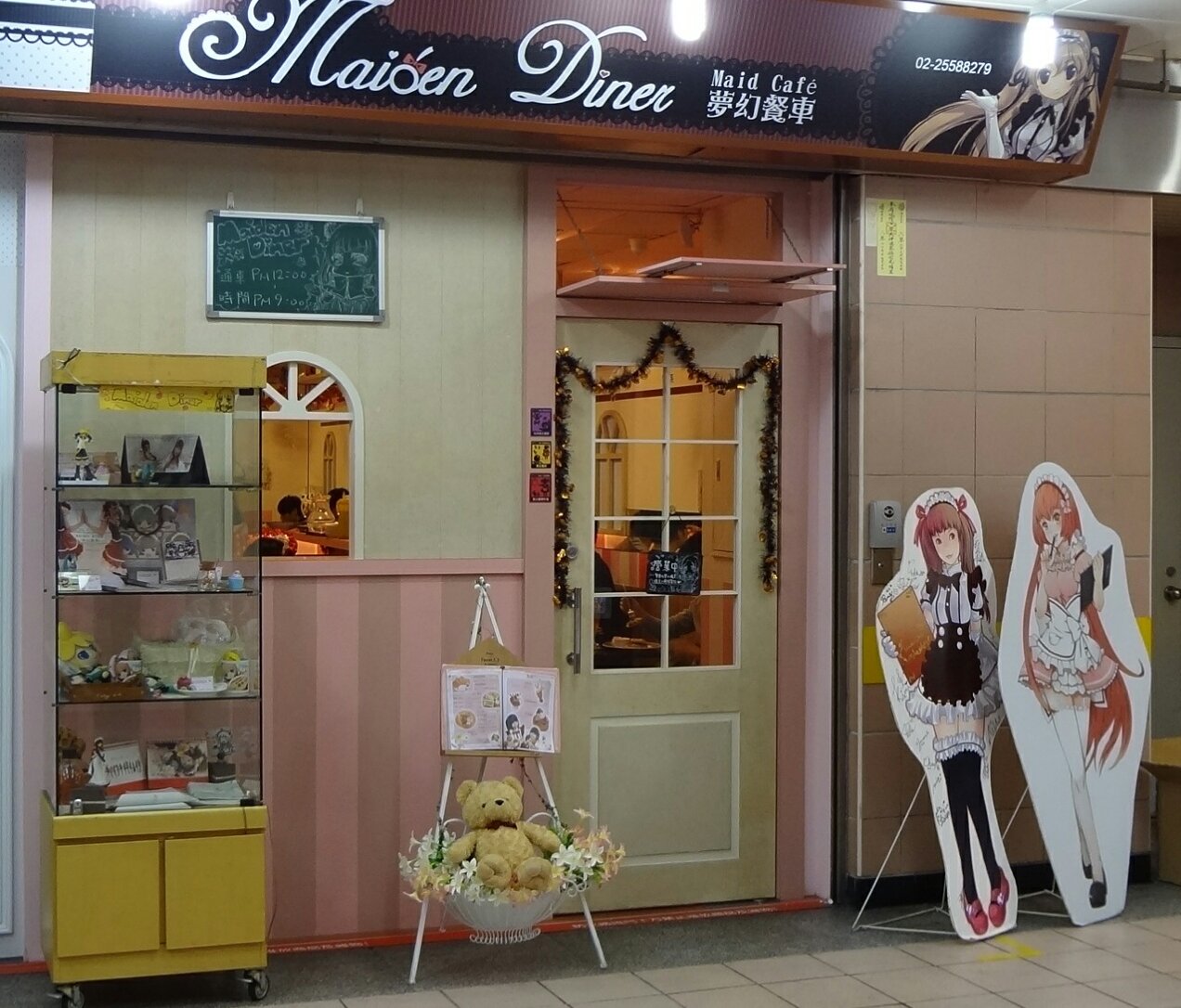 Solomon203, CC BY-SA 3.0, Wikimedia Commons
Solomon203, CC BY-SA 3.0, Wikimedia Commons
The Cheeky Shinjuku Cat
A realistic three-dimensional cat lives in a billboard on a corner near Shinjuku Station. If you’re visiting the area, stop and enjoy a delightfully realistic animation sequence between advertisements!
 Suicasmo, CC BY-SA 4.0, Wikimedia Commons
Suicasmo, CC BY-SA 4.0, Wikimedia Commons
Tiny Trucks
In the West, trucks are big, domineering vehicles. But in Japan, kei trucks are common. These little trucks look like miniaturized versions of their Western siblings, and they’re pretty cute!
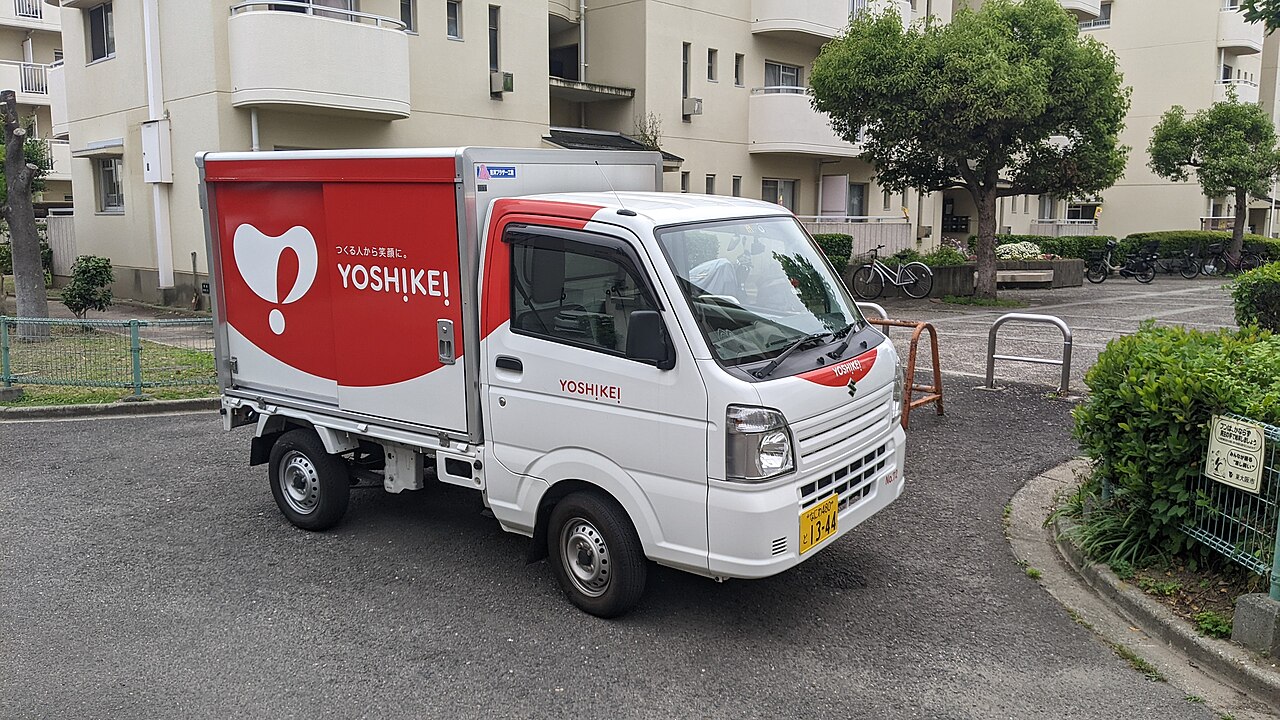 Mr. Chura, CC BY-SA 4.0, Wikimedia Commons
Mr. Chura, CC BY-SA 4.0, Wikimedia Commons
Double Valentines
In Japan, people celebrate their romantic partners on Valentine’s Day. But there’s also White Day, which happens a month later. Women typically give men gifts on Valentine’s Day, and men are expected to reciprocate on White Day. And guess what? Children also get a day!
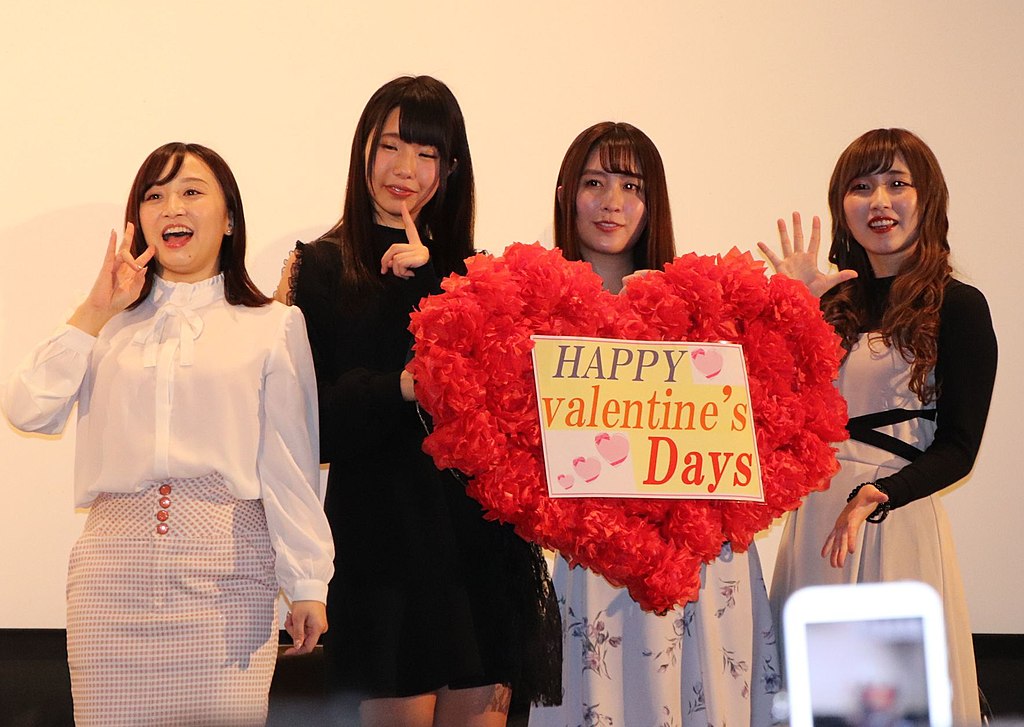 Bject, CC BY-SA 4.0, Wikimedia Commons
Bject, CC BY-SA 4.0, Wikimedia Commons
Children’s Day
Called “Kodomo no hi”, Children’s Day happens on May 5. On this day, you may see koi streamers outside buildings and homes as a symbol to bring good luck to children inside.
 663highland, CC BY-SA 3.0, Wikimedia Commons
663highland, CC BY-SA 3.0, Wikimedia Commons
Using Your Table To Keep Warm
The kotatsu is a unique piece of Japanese furniture. It’s a wooden table armed with a heavy blanket and heater to warm your bottom half, taking the coziness level of a living room to the next level!
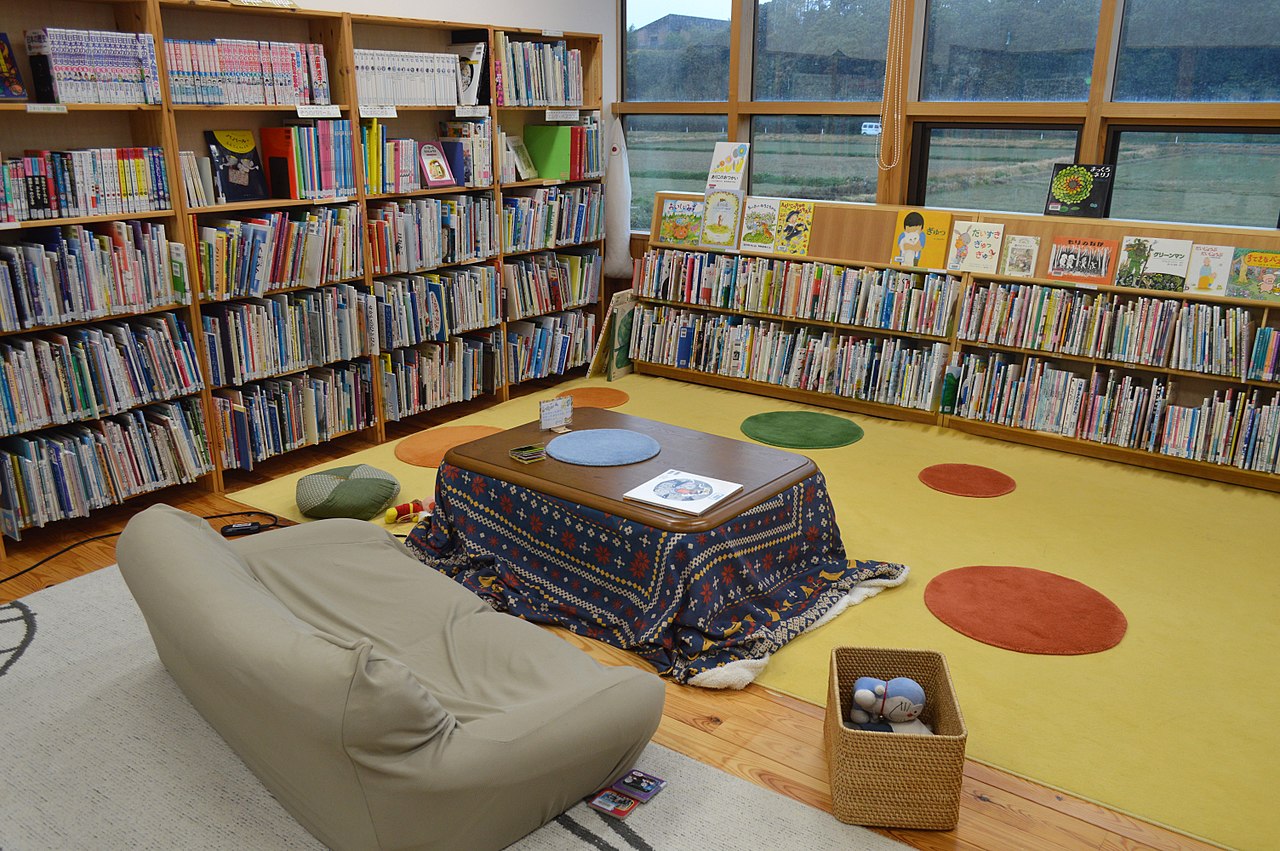 Asturio Cantabrio, CC BY-SA 4.0, Wikimedia Commons
Asturio Cantabrio, CC BY-SA 4.0, Wikimedia Commons
Toilet Slippers In Homes
Many people know that in Asian cultures like Japan, shoes in the house are a no-no. But it’s also common in Japan to have designated bathroom slippers. This keeps your feet clean and separate from anything dirty in the bathroom.
 nichols-villa, CC BY-SA 2.0, Wikimedia Commons
nichols-villa, CC BY-SA 2.0, Wikimedia Commons
The Original Capsule Hotel
You can now find capsule hotels in other countries, but they first made it big in Japan. These space-saving modest accommodations save money, but they’re also a neat experience to stay at.
Bath Time Is A Big Deal
Tourists will be forgiven for feeling confused, or even a little squeamish, upon first seeing a Japanese shower room. In Japan, bathing is a treasured ritual. Family members share the same bathtub soaking water, so each person is expected to rinse off in the shower or with a washbowl first.




